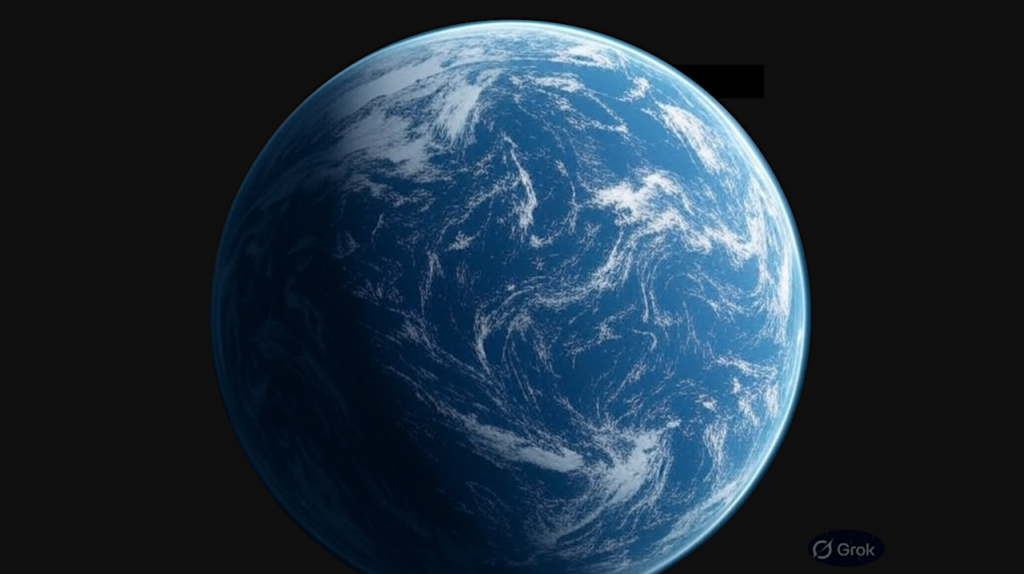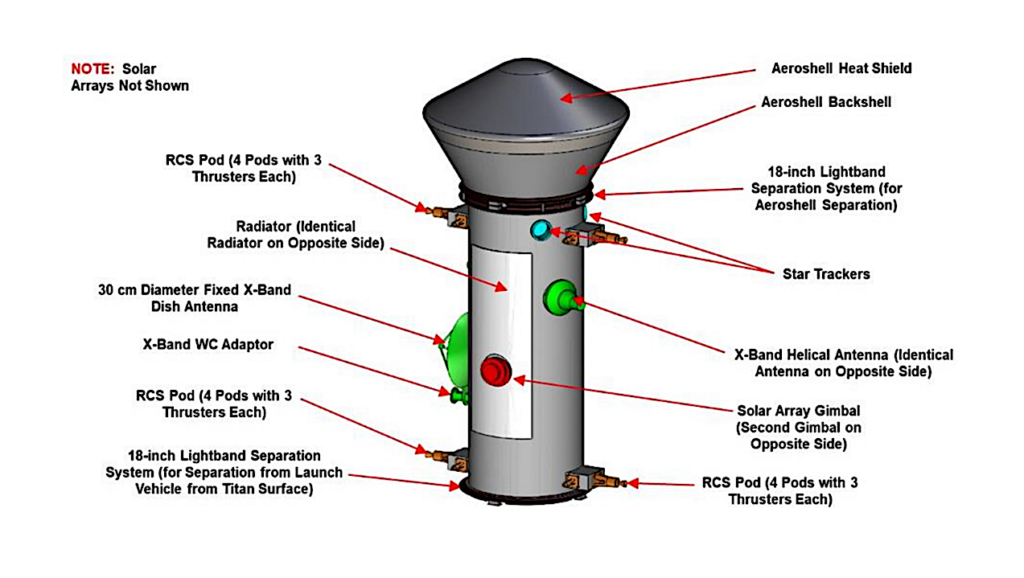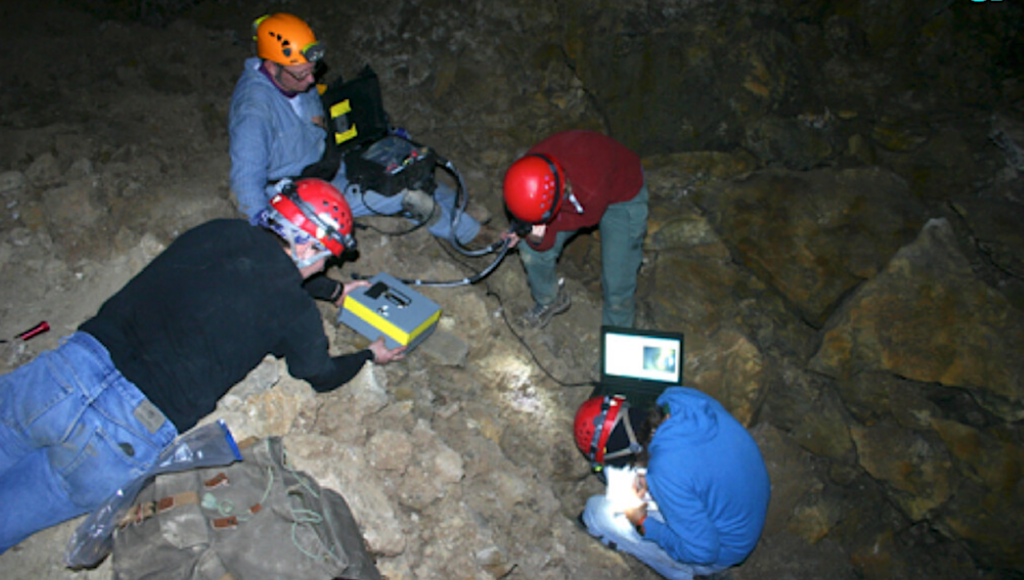Effects Of Flares On The Habitable Zones Of M Dwarfs Accessible To TESS Planet Detections

Photometric space missions like Kepler and TESS continuously discover new exoplanets and advance the search for a second habitable world.
The light curves recorded by these telescopes also reveal signs of magnetic activity, such as star spot modulation and flares, which can influence habitability. Searching for these characteristics, we analyzed TESS light curves of 112 M dwarfs selected according to the criterion that TESS can spot planet transits over their entire habitable zone (HZ).
We detected 2532 flare events, occurring on 35 stars, thus the flare incidence rate is ≈32%. For only ≈11% of our stars, we found rotation periods. We calculated bolometric flare energies and luminosities, flare energy frequency distributions (FFDs) and the bolometric flux reaching the HZ at the peak of the flare. We estimated the effects of flaring on the atmosphere of an Earth-like planet in the HZ in the view of both ozone depletion and the enabling of chemical reactions necessary to build ribonucleic acid (RNA).
None of our targets exhibits highly energetic flares at a frequency large enough to trigger ozone depletion or RNA formation. The flux reaching the inner HZ edge during flare events goes up to ≈4.5 times the quiescent solar flux at 1\,au.
Mirjam Bogner, Beate Stelzer, Stefanie Raetz
Comments: 6 pages, 5 figures. Accepted for publication as part of the XMM-Newton 2021 Science Workshop Proceedings in Astronomische Nachrichten. Early View published online: this https URL
Subjects: Solar and Stellar Astrophysics (astro-ph.SR); Earth and Planetary Astrophysics (astro-ph.EP)
DOI: 10.1002/asna.20210079
Cite as: arXiv:2111.07594 [astro-ph.SR] (or arXiv:2111.07594v1 [astro-ph.SR] for this version)
Submission history
From: Mirjam Bogner
[v1] Mon, 15 Nov 2021 08:15:22 UTC (621 KB)
https://arxiv.org/abs/2111.07594
Astrobiology,








